Public Library
The Project for the new Public Library of Villanueva de la Canada- 40km.from Madrid-responds to a inherent necessity to complement those services found in the neighbouring Cultural Centre by the architect Navarro Baldeweg.
The Library has been defined as an intricate web of communication, research, encounter, and knowledge. This type of buildings are becoming less autonomous, and relies on the external stimuli and connections to the outside world. Internet usage, database consulting, and new communication technologies are imposing a new and adapted architectural style in line with the evolving needs.
From an architectural point of view, the nucleus of this intricate web, with very diverse needs has been spatially resolved by connecting its uses through ascending "book spiral" in a ramp system, which when twisted, leaves functional spaces distributed around it. As we ascend, the associated uses with each level are corresponded by more specific and complex tasks, more dependent on outside communication. Therefore, the ascending path from the Children s Library to the study areas and Internet halls, evocates the ascent into learning and knowledge, itself the main objective of a Public Library.
The different spaces and uses have been conceived and resolved in an austere and uniform way, as we have tried to define comfortable and cosy halls and rooms, with natural materials and by the introduction of natural light, which has been accomplished in a different way in every space.
All the structure has been resolved in "armed ceramic", which enables the material to be left uncovered in walls and slabs, and also to accomplish large and light uninterrupted spaces. In the interior walls, this material has been whitened to be able to get a larger diffusion of light without sacrificing the texture of brick. All the floors have been covered with oak wood to achieve spatial continuity, without visual interference in the finishings, and where the different fields have been clearly defined by the organisation of its walls and outside intervals.
Reinforced ceramic today?
Yes, reinforced ceramic is not only possible today, it is also actual and will become modern.
Sustainability must be the first aspect involved in the election of a construction method.
Reinforced ceramic fits this priority.
It uses clay, the world most common natural material.
The process to obtain bricks from it is simple and low contaminant. No transport. Local materials for local problems. It is also, in terms of termic, acoustic, and comfort conditions a high-tech product at a low tech cost. It can be, therefore, universal.
Ceramic materials are lighter and as strong as the world recognized reinforced concrete. Building with reinforced ceramic needs much less aids in formworks, scaffoldings, and other aids to deal with the uncomfortable pre-liquid phase of the reinforced concrete.
It can solve better than any process the planet housing problem, the big, the biggest part of the what is been built today. It solves structure, walling and finishes in one only operation.
It can be seen as a massive way of building. Compared with other technologies, seen naively as light it seems more rigid, costly and even anachronic. People tend to think that what is light or cheap to buy, it therefore cheap for the world. We now know it is not. Considering the amazing amount of cost, man labour, effort, suffering, and planet destruction involved in the whole process necessary to build light, reinforced ceramic will show us a modern capable and universal and world-cheap method who will soon a chance.

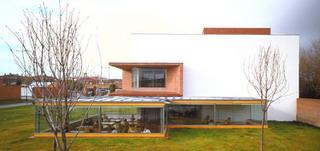
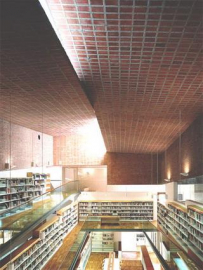
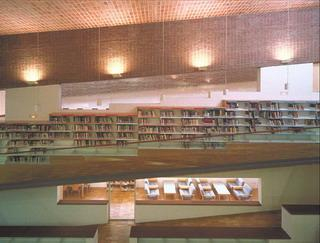
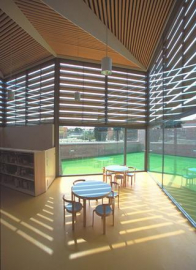
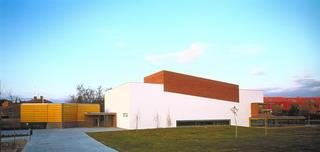
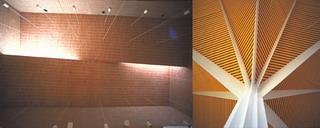
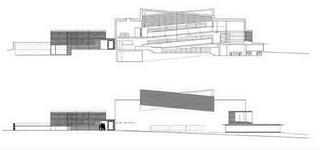
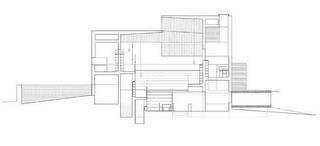
 copy.jpg)
 copy.jpg)
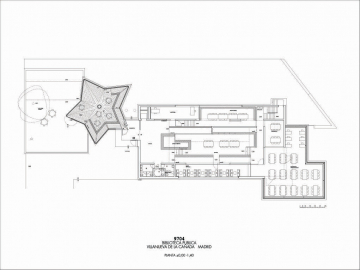
.jpg)
.jpg)
.jpg)